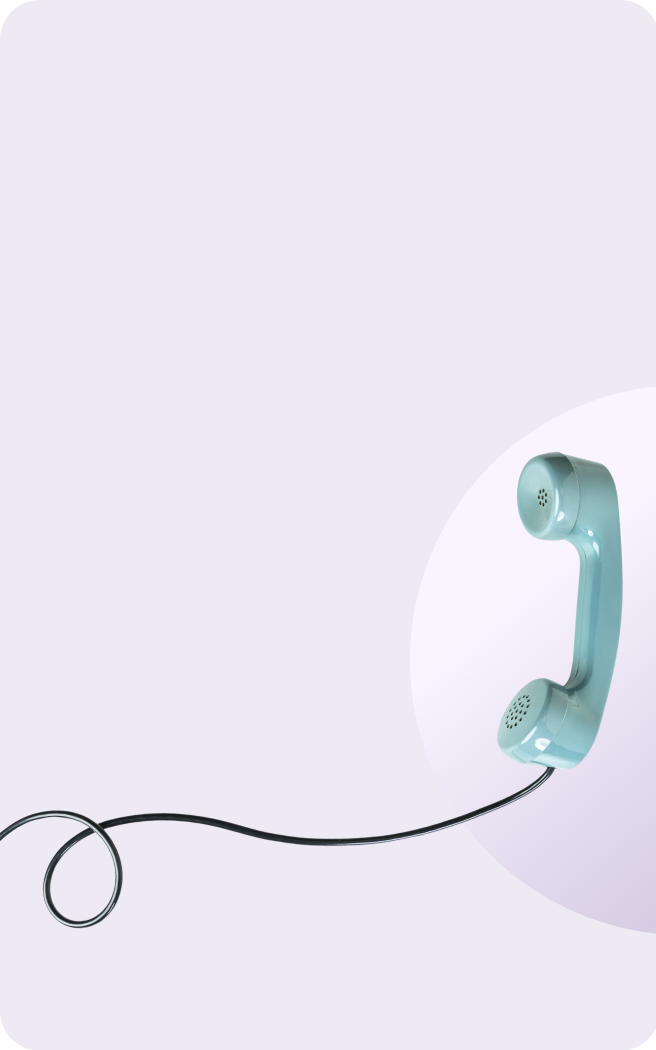Kitchens
- Category Name
- Kitchens
Get an approximate budget for your kitchen design by sharing your space details.

Search for Kitchens Wardrobes Doors & windows Curtains & Blinds Bathware Lights Design Ideas
Speak to our design professionals
Share your info, we’ll book your slot.
Will you be living in your space during the renovation?
 Previous Question
Previous Question
 Previous Question
Previous Question
Please Select Date and Day
Appointment Date & time

A comprehensive list of solutions to tackle almost any problem that the rains may bring into your home
The monsoon season is a weather pattern that is particularly unique to our part of the world. The lashing of wind and rain, the continual wetness, and suddenly cool weather, also comes with a unique set of problems. Leaks, odours, damage—it’s no wonder that monsoon upkeep is a regular segment of coverage on beautifulhomes.com. We’ve listed out some of the many problems your home is likely to face and how to deal with them.
5. Pack away artwork that isn’t sufficiently protected.
6. Wrap up rugs and carpets. They get dirty easily and are difficult to clean in wet weather.
7. Use a dehumidifier as this will help reduce the humidity levels inside the house.
8. Place plants in the balcony or on a window sill instead of the bedrooms, because plants will add dampness and attract mosquitoes.
9. Eliminate all stagnant water, anywhere in or around the home.
10. Mop floor with the addition of rock salt to the floor-cleaning liquid; this combination keeps pests away.
Before the downpour takes over, it is very important to prevent as much damage as possible. Here are a few things you can fix before everything gets too wet.
Electric switches and wires must be secured from getting wet. Make sure to get loose wires, damaged switches, and other faults fixed. If electric boards are in areas where water could get in, then secure it completely with waterproof boxes.
Figure out the exact problem, and then fix it. If there are any cracks in the wall, then get those fixed and sealed. Using a waterproof coating on external walls and waterproof paints on internal walls generally take care of this. Ideally, this should be done before the climate gets damp. You can take a look at Asian Paints waterproofing solutions.
Check for blockages everywhere. These spots are also popular mosquito breeding grounds. Seal off any possible leakages you spot. Fabseal can be used to repair small leakages in a variety of materials. Checking these throughout the season at regular intervals. Wild plants that grow around pipes deepen roots in the monsoon, disturbing the flow inside the pipe. So, pick off such plants by the root.
Wooden doors and windows swell during the monsoon. This happens due to the natural tendency of wood to absorb moisture.
This can be prevented with a strong layer of varnish or any protective finishing applied to the frames. Asian Paints has a wide range of wooden finishes. Take a look at the products here.
Add a rubber lining to avoid seepage of water through gaps in the door frame. This will also avoid it from swelling up. This step needs to be taken before the atmosphere becomes very humid. For metal-framed windows and doors, a fresh coat of paint will keep away the rust. The wide range of metal finishes by Asian Paints can be located here.
There are some things around the house that have face the wrath of the monsoon climate. This is how to protect everything:
Space out the furniture, such that it sits away from the walls and other pieces so that there’s plenty of airways around everything. Top appropriate pieces with a coat of varnish or lacquer to ensure it doesn’t absorb moisture. Anti-rust spray can be used to protect metal furniture from rust. Wipe down furniture frequently, using a clean dry cloth. This will help avoid any fungus build up.
Clothes catch an awfully musty smell in the monsoon. Don’t leave damp clothes in the laundry pile. Wash them immediately with a spoon of baking soda or vinegar added to the detergent. Let it all soak, then wash. Next, dry your clothes under a fan, the sun may not show up during the rains. Make sure clothes are completely dry before putting it away in the cupboard. Use camphor tablets or neem leaves to reduce moisture and protect everything inside the cupboard. Camphor can also be added to bookcases, jewellery boxes, and any other closed cabinet.
Phones are always exposed to moisture because we step out with it all the time. Use a strong plastic cover to protect your phone. If it still gets wet then, use this popular hack: immerse the gadget in a container of raw rice. The rice will absorb the moisture from the phone. Store other devices in secure waterproof covers when not in use. Unplug everything when not in use because voltage fluctuations can be very damaging. Also, use devices as often as possible, so that moisture doesn’t have the opportunity to set in.
Leather is an easy target for fungi. Store leather away, covered in a clean cloth and kept in a dry area. Use a wooden shoe tree to retain the shape throughout. Occasionally brush or polish the shoes to avoid any fungus build up.
Since footwear comes in contact with dirt and water the most, it is important to keep them protected. If they have caught some dirt, make sure to wash or scrape it off. Get the laces and insoles out and wash with a detergent in warm water. Then let them air dry. Keep your shoe rack organised and separate all footwear. Keep pieces of charcoal in your shoe cabinet; charcoal absorbs moisture and it will keep the area dry.
For expert design consultation, send us your details and we’ll schedule a call
Yes, I would like to receive important updates and notifications on WhatsApp.
By proceeding, you are authorizing Beautiful Homes and its suggested contractors to get in touch with you through calls, sms, or e-mail.
Our team will contact you for further details.


We were unable to receive your details. Please try submitting them again.














